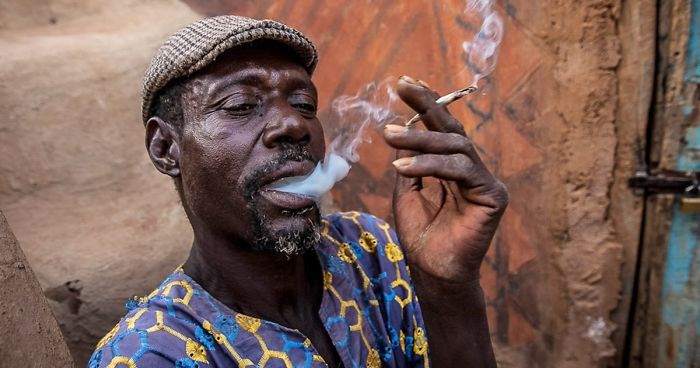
Take A Look At A Closed African Society That Uses Dog Doors To Enter Their Homes, Aren’t Allowed To Wear Red And Sleep With The Dead
Olga Stavrakis, a Ph.D professor at University of Minnesota traveled to Tiebele’s village in west Africa. Her memories and photos will terrify and astound you.
She drove out toward Ghana to the village of Tiebele. None of Burkina Faso is a tourist area, although there was hope. But these villages are closed to outsiders and it was only through a process of year long negotiations that she was permitted to enter the royal palace. Each of the villages has muslims and animists (local religions) and no one much cares who believes in what.
However, she was told in advance that she must not wear anything red and that she may not carry an umbrella. Only the chiefly noble family is permitted that privilege and to do so would constitute a great affront to her hosts. The first thing she noticed was that the palace was an agglomeration of mud buildings and the only difference between it and the other house compounds was that it was decorated in geometric black mud designs.
Burkina Faso,Tiebele Village, this is the chief’s house and his small door for protection
The palace is a series of mud brick rectangular buildings distributed inside an enclosed compound. It belongs to the chief’s family. However, the chief had died a year ago and his son, seen above, cannot take over until the last of three funerals is completed. The chief’s house has a small door for protection. Holding up the funeral are finances. They are still collecting enough money to buy cattle and feast in the a proper manner.
They did a number of dances which would be done later at the funeral and some comic play acting as well. The whole village turned out to see the show. We were warned in advance not to wear red or to carry an umbrella as both are prerogatives of the chiefly class.
A palace in West Africa is not a big structure but a series of smaller typical structures which are collected inside a compound and colored with natural clay paints. The designs are intricate geometric patterns. The architecture is mud brick and the only thing that differentiates this type of building from the common people is the number of structures, the fineness of the plastering, and the elaborate decoration.
the family mausoleum inside the palace compound where the ancestors are buried. The decorated buildings it turns out are not all living quarters. Some are mausoleums of the dead who live in the same compound with the living. Some of the decoration is symbolic and some is simply decorative. Before stands one of the tombs. The, prince, a son of the last and recently departed chief, gave us a tour but he explained everything in an orderly manner and it was useless to ask questions out of sequence. Consequently, we got a story, but I did not understand all the explanations because he assumed we knew more than we knew.
3Kviews
Share on Facebook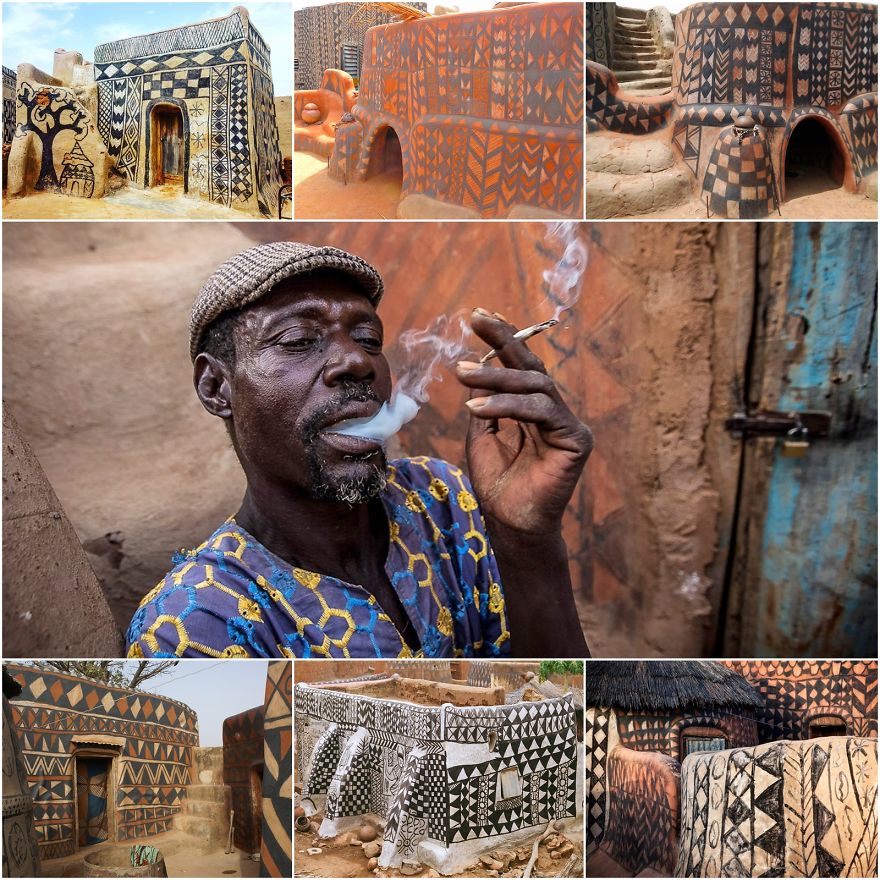
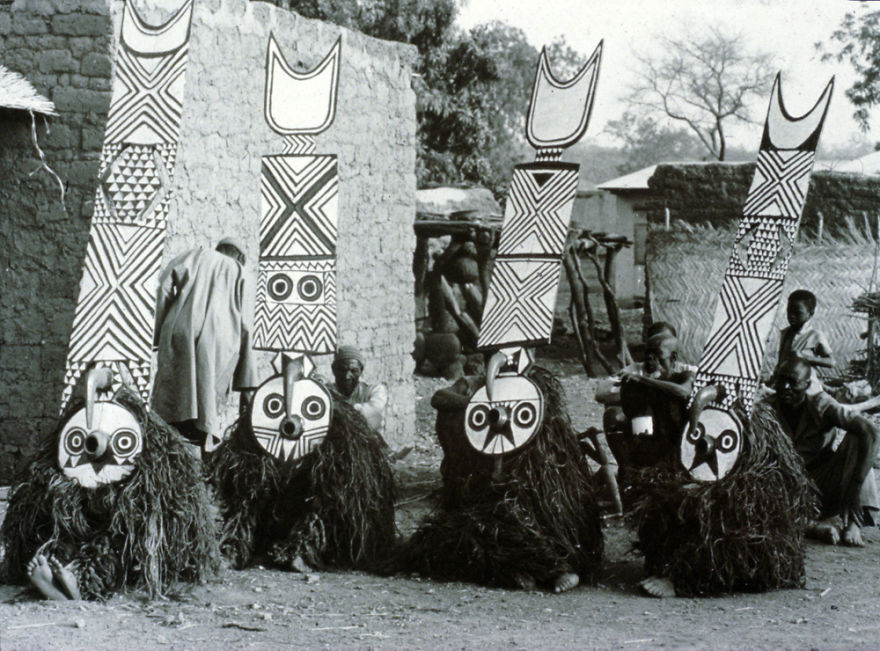
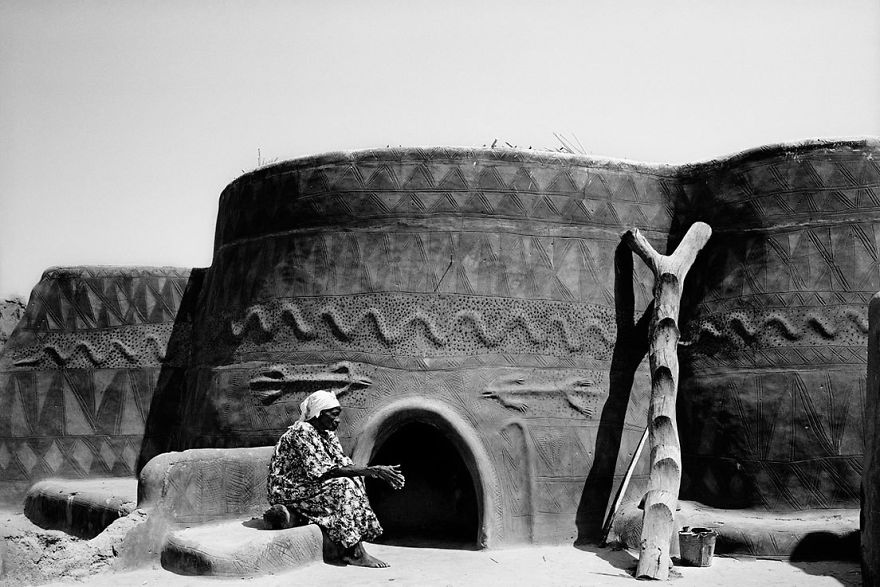
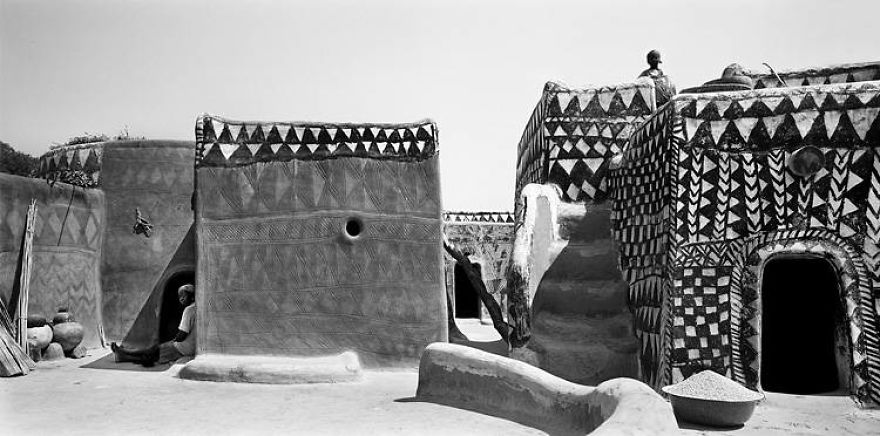
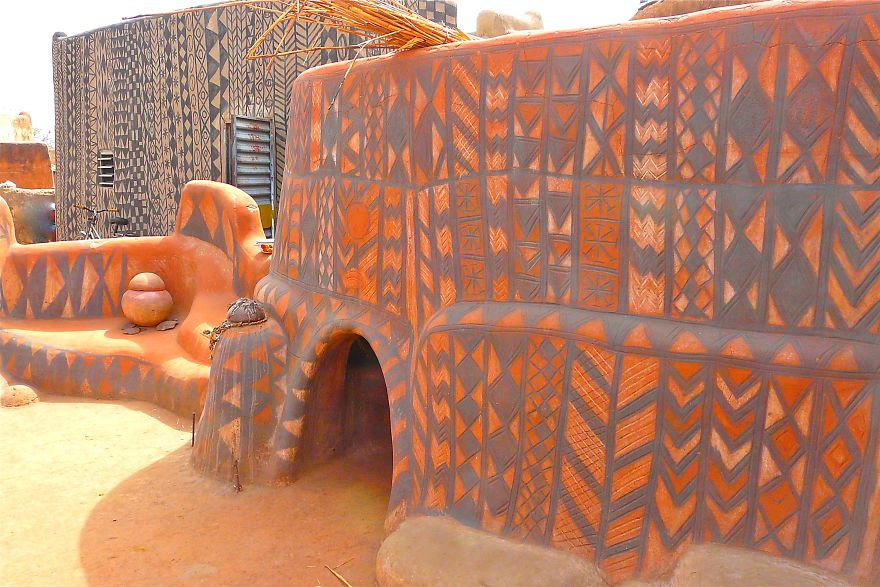
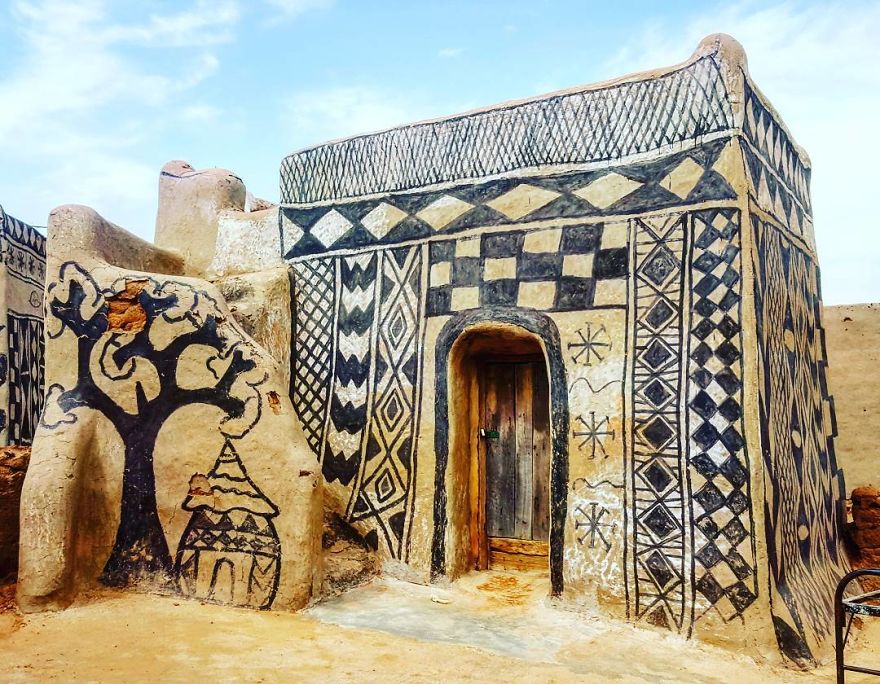
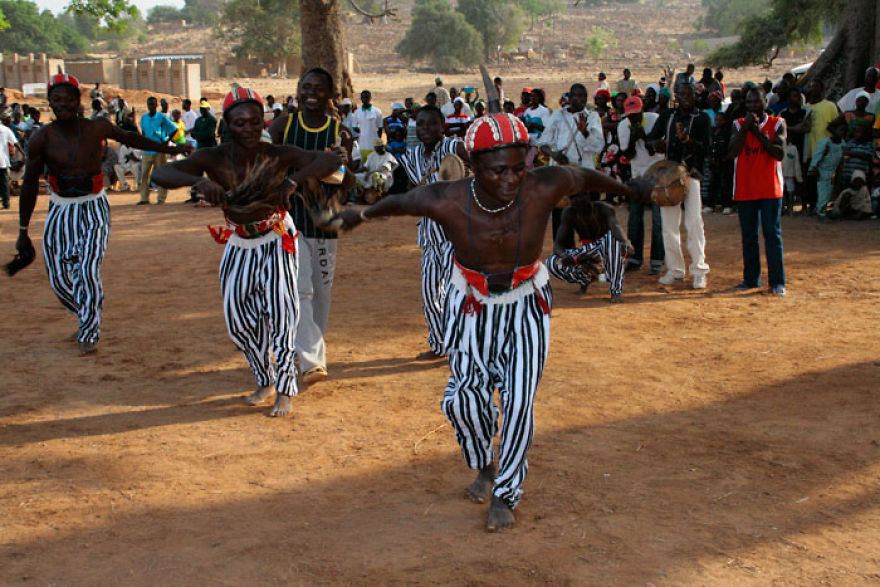
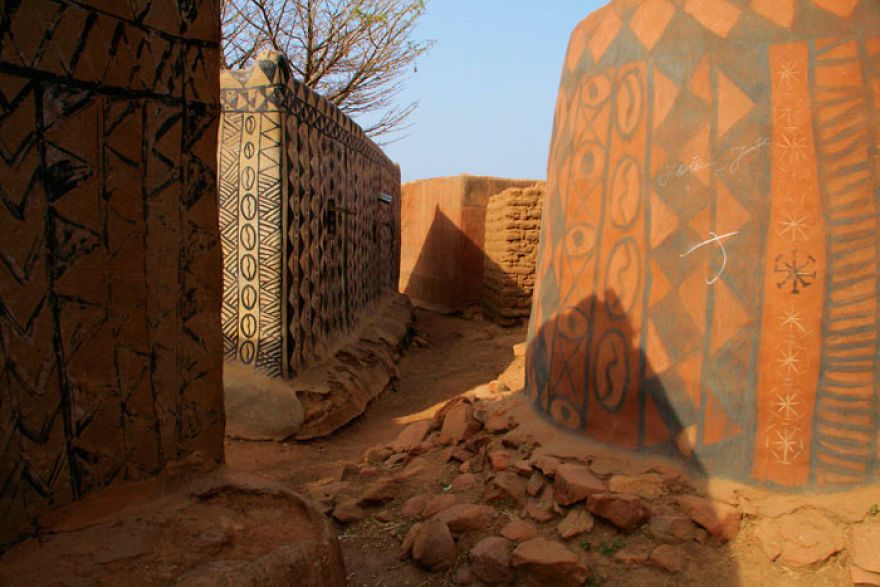
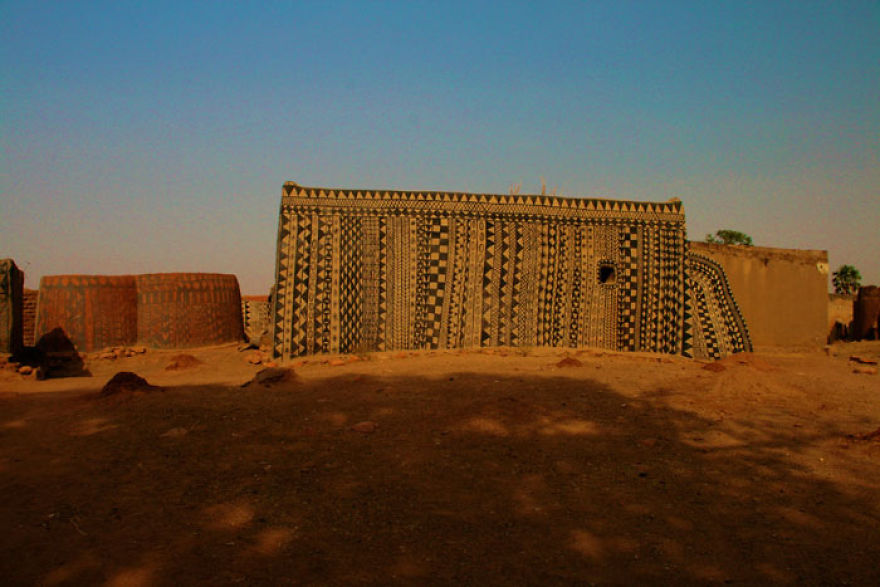
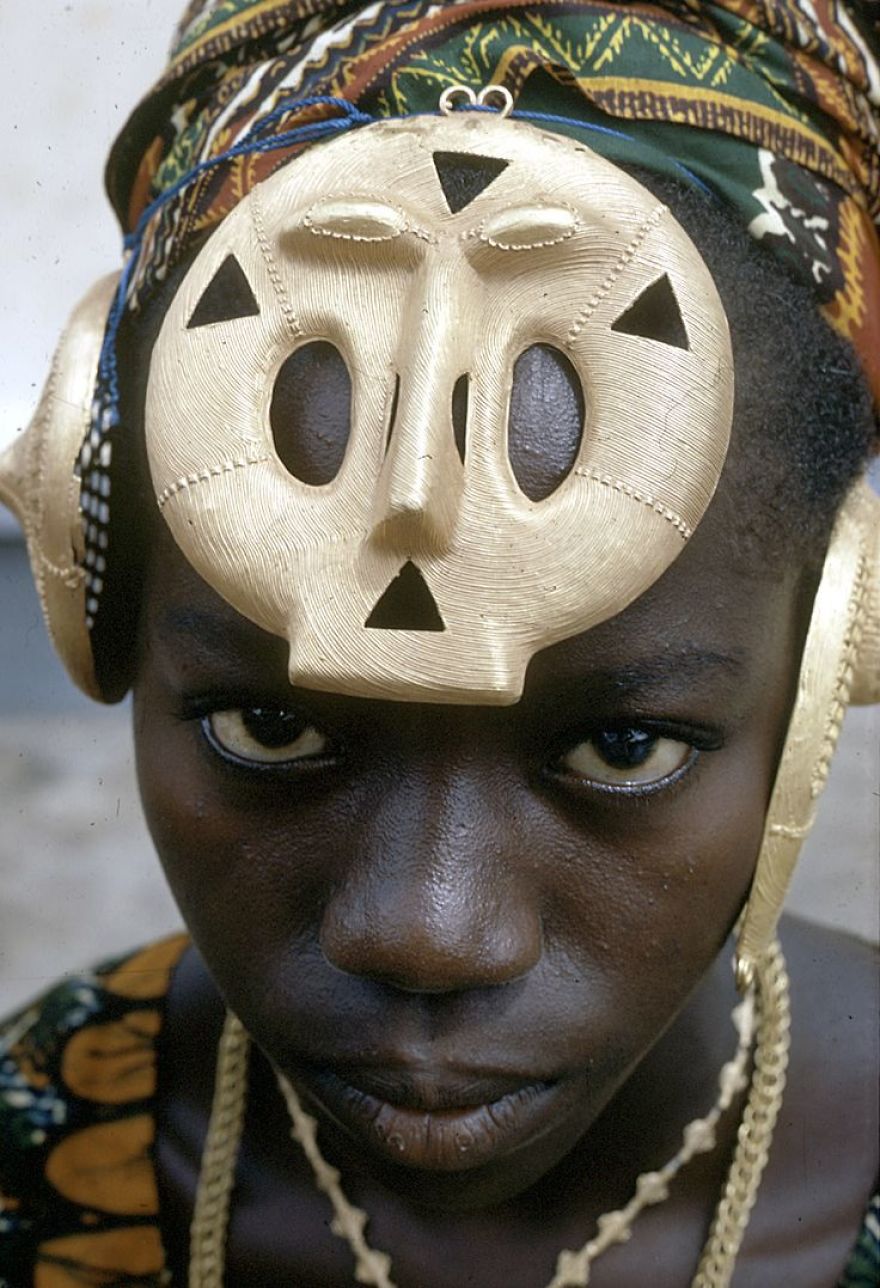
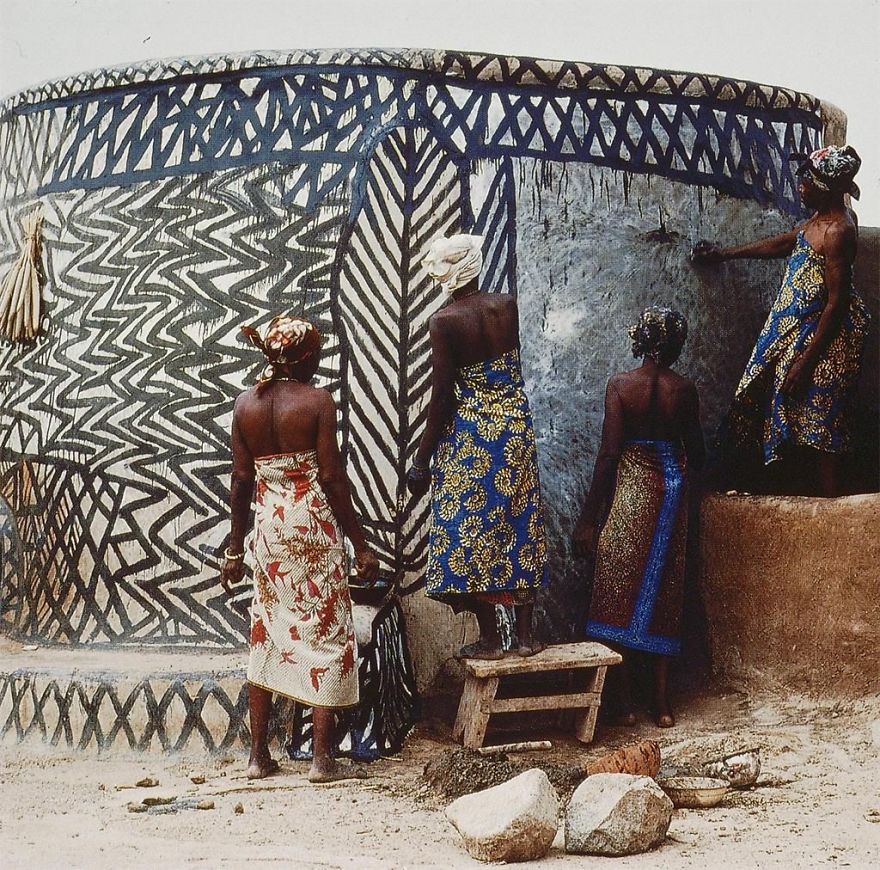

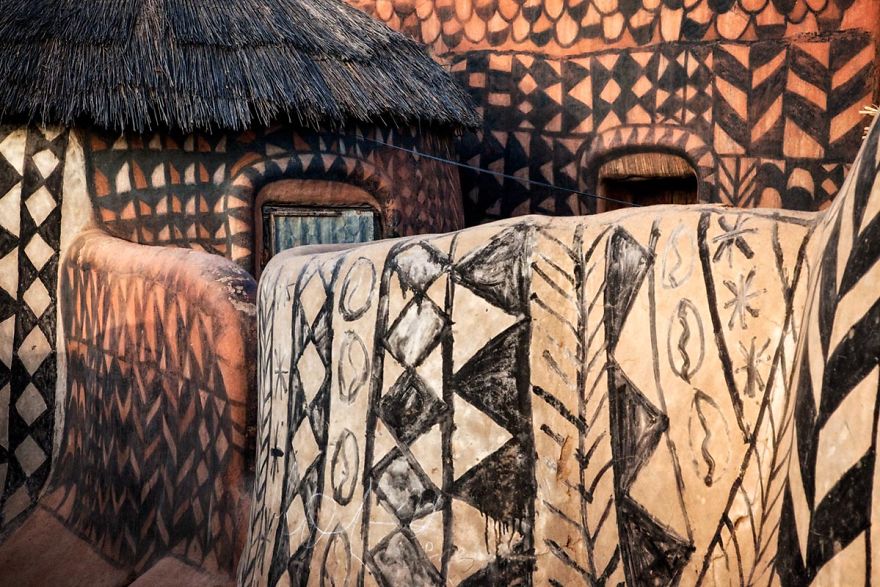
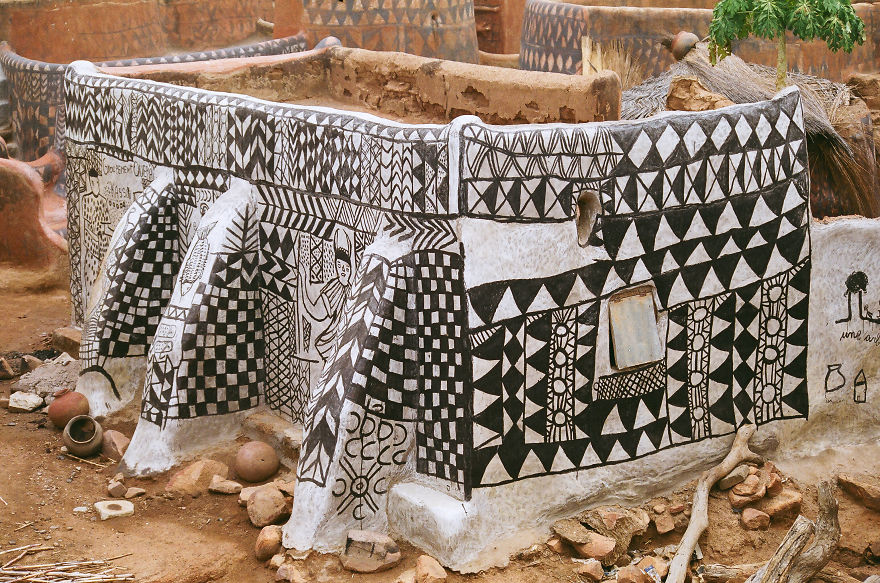
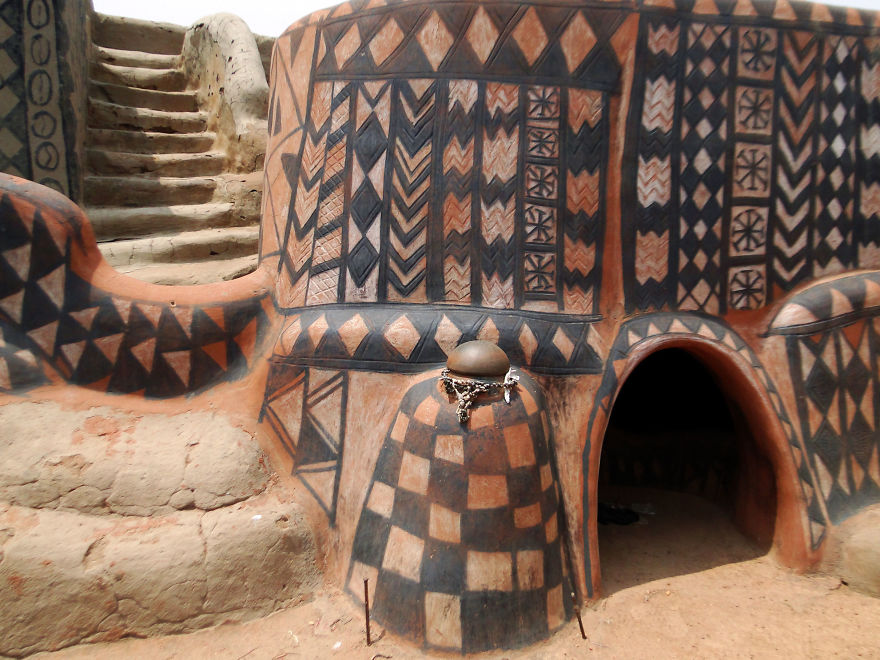
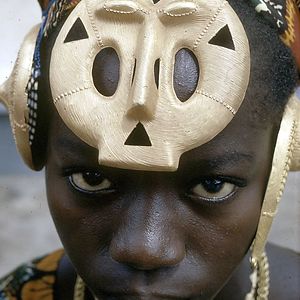


84
1